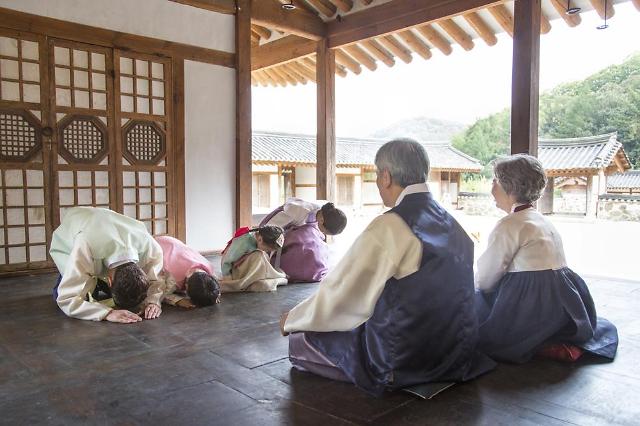In the age of digitalisation, humanity has had to adapt to a new way of life. The digital network has become the primary tool for supporting many aspects of global society and the economy. Digitalisation of educational institutions stimulates teachers and students to work from home rather than in classrooms. Human civilisation is transforming from a face-to-face society to a digital society. This transition to a virtual world of human relationships can lead to a lack of compassion, emotional involvement, weakened connection and can deteriorate the relationships.
Emotions, as an integral part of the personality, also have social dimensions. Emotions allow us to share our experiences and communicate with others through various expressions. Social emotions will have specific models of expression depending on the cultures, regions, climates, etc., in which people are or have been. For example, when we say “Korean emotions”, we are not referring to individual emotion models but to social models inherent in Korean culture. One of these social emotions is “han”.
Definition of han
Although the concept of han (or a similar meaning) is found all across Asia, it is a uniquely Korean term used to describe the depth of human suffering.
It is quite difficult to define the concept of han in Western culture, but researchers describe it as a deep psychological pain or a heavy inner wound of the heart, mainly caused by the Korean historical and socio-cultural environment.
In Korean, there are three main words pronounced [han]:
- han 한(韓) – indicates the Korean nation and is a part of the name of Korea, Taehanminguk (대한민국);
- the second han (하나) – the adjectival form of the Korean word for one, the only one – hana;
- the third han 한(恨) – refers to the depth of human suffering as an aspect of Korean culture.
In this post, the Korean word han will refer to the third cultural concept – the experience of suffering.
Korean-American theologian Andrew Park said: “Han is an Asian, especially Korean term, used to describe the depth of human suffering. Han is a terrible experience of pain.”
Jae H. Lee, who officially introduced the word han to the English-speaking world, said: “Han is not a single feeling, but many feelings clustered together, including resentment, regret, humbleness, aggression, anxiety, loneliness, anguish, sadness, and emptiness. It even includes contradictory feelings such as hatred and love.”
From this perspective, han can be seen not only as a combination of the negative aspects of the victim’s experience but also as an exploration of the positive aspects that come from the experience of a mature person, especially wisdom and spirituality.
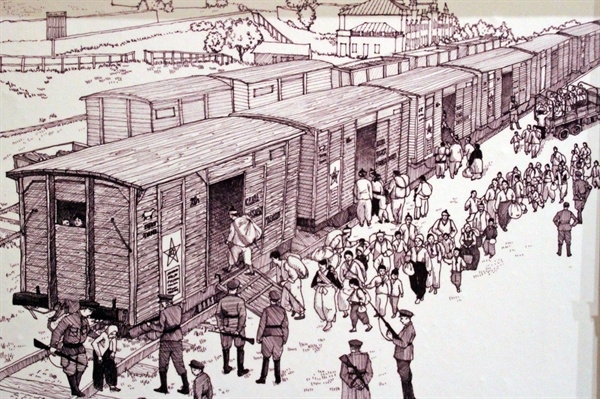
To understand the collective han experience of the Korean people, we first need to define its ethnic and national history. The Korean peninsula was surrounded by powerful neighbouring countries and historically ruled by Chinese (including Mongol) dynasties, Japan, China, Russia and the United States.
Ancient Korea paid tribute to the imperial dynasties of China throughout its history. The people of Korea have been attacked many times, most often by Mongolia, China and Japan. Koreans deeply remember two wars, specifically the Japanese invasion of Korea in 1592-1598, known as the Imjin War, and the Manchu War of 1636.
Historical sources say that the Japanese invasion brought nothing but devastation to Korea. It left behind hunger, disease, and desolate land. There were no buildings left but stone ones. The economy and social structure had been in complete chaos for many years, and it took a long time for the country to recover.
As a result of its loss in the Manchu War, Korea recognised its vassalage to Manchuria and began paying tribute in gold.
The Korean peninsula was a territory that was easily trampled by powerful neighbouring countries. Japan forcibly annexed Korea in 1910 and ruled the Korean people brutally until its defeat in World War II in 1945. The Japanese committed horrific, inhuman crimes against Koreans. They forced many young Korean women into the war zone and used them as sex slaves. Japan also used Korean men for labour, forced them to join the Japanese army, and threw them to the front lines to die as human shields.
After Japan’s defeat and the end of World War II in 1945, Korea was divided into two parts: the south was ruled by the United States military and the north by the Soviet Union. The Korean people again experienced a national tragedy in 1950, when the Korean War broke out in response to international events of the time.
According to historical sources, more than 4 million people died during the Korean War, of whom at least 2 million were civilians. South Korea lost 1.3 million people, including 415,000 dead. North Korea’s estimated losses were 2 million, including about 1 million civilians and nearly 520,000 soldiers.
Religiosity and spirituality of the Korean people
To better understand Koreans han, it is worth paying attention not only to the historical but also to the religious background of the Korean ethnic group – its underlying spiritual foundation. Korea is a special place for religions that are deeply connected to people’s han experience.
The variety of religious beliefs and practices in Korea is wider than anywhere else on earth. The oldest Korean religious practice is shamanism, which is still practiced in South Korea. Over the last century, as the newest religious movement, Christianity has flourished in Korea and has a strong social influence. In addition to shamanism and Christianity, many Koreans believe that Confucianism, Buddhism, and Taoism are the essence of the traditional Korean spirit.
Koreans consider these three religions to be one intertwined whole. Therefore, shamanism, Buddhism, Confucianism, Taoism and, more recently, Christianity can be considered the main religious sources for Koreans. These religious traditions are integrally intertwined with the Korean way of life and culture. If we explore a brief history of each Korean religion, we can reveal even more about what han is.
Shamanism
According to basic historical data, Buddhism is the oldest official religion established in Korea. However, scholars later agreed that the original pre-Buddhist Korean religion was shamanism. According to archaeological evidence, shamanism existed on the Korean peninsula long before the tenth century BC.
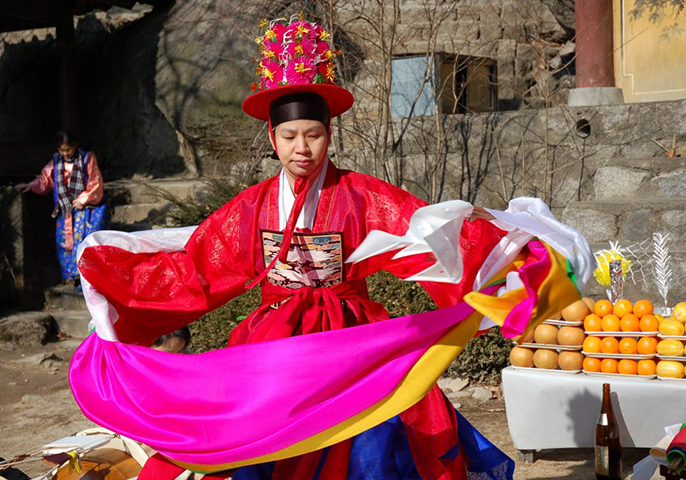
The shamans appeared in roles very similar to those they perform today: spiritual mediation, exorcism and calming of vengeful spirits, divination, and ancestral rituals. It can be said that one remarkable function of shamans, directly related to han, was to “pacify the vengeful spirits of people”. This pacification depicts the shaman as one who resolves han.
In Korea, we see a conscious attempt to link their heritage to the traditional belief that was started by Tang-gun, the son of the Heavenly Prince and founder of the Korean nation, who was also considered a great shaman.
Researchers say that Korea’s mythological beginning is marked by the han experience. Han was part of Korean history and identity from the very beginning.
The mythological origin of Korea begins with the legend about Tang-gun.
Long ago, there lived a prince called Hwanun, the son of the God of Heaven. Hwanun wanted to help people and asked his father to make him the ruler of the Korean Peninsula.
…The bear and the tiger prayed to Hwanun every day. Finally, the Heavenly King took pity on them and called them to him. He gave them 20 heads of garlic and a sacred wormwood bush and said: “Eat this and do not try to see daylight for 100 days. Then you will become human.”
The bear and the tiger ate the garlic and wormwood and returned to the cave. The tiger could not stand the challenge and soon left the cave. The bear waited patiently and after 21 days he turned into a beautiful woman who became known as Unne. …. Unne gave birth to a son, who was named Tang-gun, and later became the first ruler of the Korean Peninsula.
Han, even in the form of restriction, a kind of diet and isolation, marks the origin of Korea. Based on the above legend, shamanism and han are closely linked and rooted in the spirit of the Korean people, which begins with the story about national origin.
Buddhism
Buddhism was spread in the three kingdoms of ancient Korea: Goguryeo, Baekje and Shilla in the fourth century AD. Buddhism then became the national religion of the unified kingdom of Shilla, as well as the Goryeo dynasty that followed. Therefore, Korean Buddhism has a long history that goes back over 1600 years on Korean land.
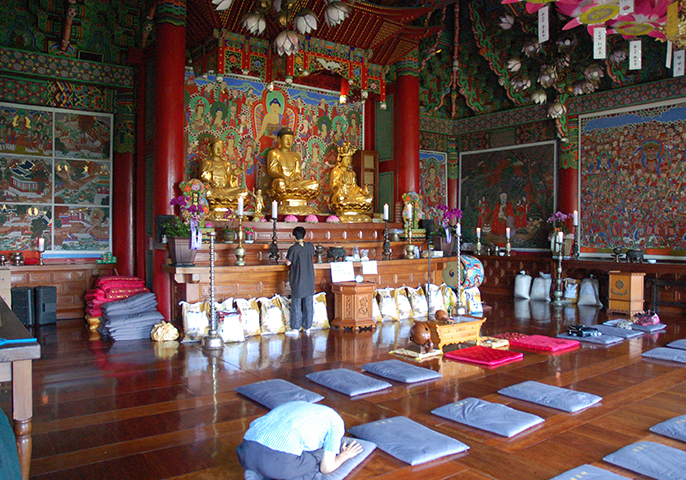
Confucianism
Confucianism had also come to the three kingdoms during early Korean history. When Buddhism spread in Korea in the fourth century, Confucian ideas were imported together with it. Confucianism, however, was adopted in the ancient Korean kingdoms not in a religious form but as the official policy and social ethics of the royal family and ruling class.
Basically, it was a system of subordination: a son to his father, a younger son to his older brother, a wife to her husband and a citizen to the king. Confucianism educated filial piety, ancestor worship, and loyalty of friend to friend.
However, the authoritarianism and social hierarchy of Confucianism were mainly dominant as repressive ideologies for the misuse of power and caused han to emerge in ordinary Koreans, especially women, who had no human rights within the strict socio-religious system.

Christianity
Christianity is presented in Korea by the Roman Catholic Church, which, according to researchers, began to exist in the late 16th and early 17th centuries, when Catholic missionaries travelled to China, Japan, the Philippines, and reached Korea during the Chosun Dynasty.
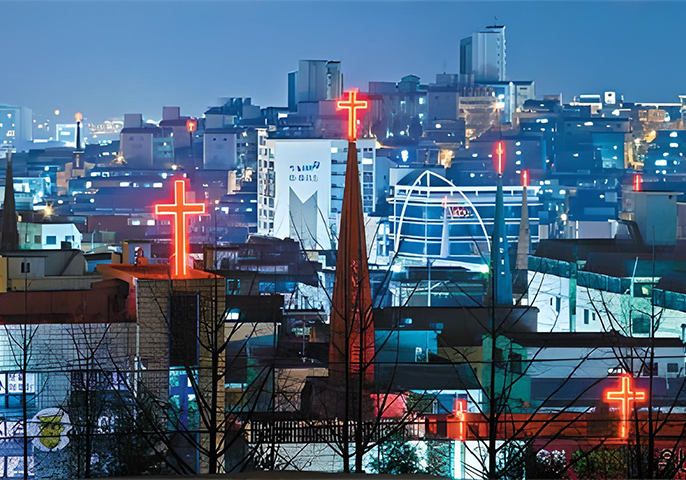
The 19th century is considered to be the beginning of the Korean Protestant Church. The Seoul Saemunan Presbyterian Church is considered to be the first. Some Koreans are of the opinion that Korean Christianity originated during the time of the three ancient kingdoms, but it is difficult to trace the exact origin of Christianity in Korea. Researchers explain the local Christianity in connection with the han experience of the Korean people: “Korea did not officially require the Christian religion. But Korean Christians believe that God has heard their cry of han.”
Thus, the concept of han arose in Korean culture as a result of a combination of historical factors – constant invasions by neighbouring countries and religion.
Han is the Korean collective feeling of pain and is inherent in all Koreans. Han is an emotion that encompasses a historical past of collective injury.
Han is a mixture of contradictory feelings and the positive effect resulting from overcoming negative emotions. It is when a person who experiences the dark side of han can overcome it and, by overcoming difficulties, creates the future. The power that builds the future is the bright side of pain. Therefore, han becomes a characteristic feature of Korean society that defines its identity and a factor that forms moral values.
How can we experience han in our own lives?
Our life is about overcoming difficulties. We need strong endurance and patience, because only then can we achieve our goals. We ourselves can do this through our own experience, even without the help of other teachers or gurus. We ourselves can grow by going through difficulties. And this experience will help us to understand what suffering is and, as a result, what han is.
To achieve our life goal, we need to work hard, make sacrifices, have no mercy on our body, pushing it towards the goal, and then a new life will come to us.
For example, a baby stays in the womb for nine months. Men cannot understand how difficult it is. From the mother’s side, it is a sacrifice, endurance, and nine months of patience. A woman cannot sleep peacefully during this period. If, for example, she wants to sleep on her stomach, she cannot, because she needs to be very, very careful. A man can move easily, but she can’t, so much must be sacrificed for the child. She physically gives birth to a child, and this requires a lot of power and sacrifice.
The fact that the khan is a deep, deep sadness gives us an understanding that in order to emotionally unite the country, we need to restore the historical han. How many people have lived and died throughout Ukraine’s thousands of years of history? How many mistakes did they make and how much grief has accumulated over this period? It is the responsibility of our contemporaries to restore these feelings. Why is this necessary and what can it give us?
We will explore these questions in further posts.







